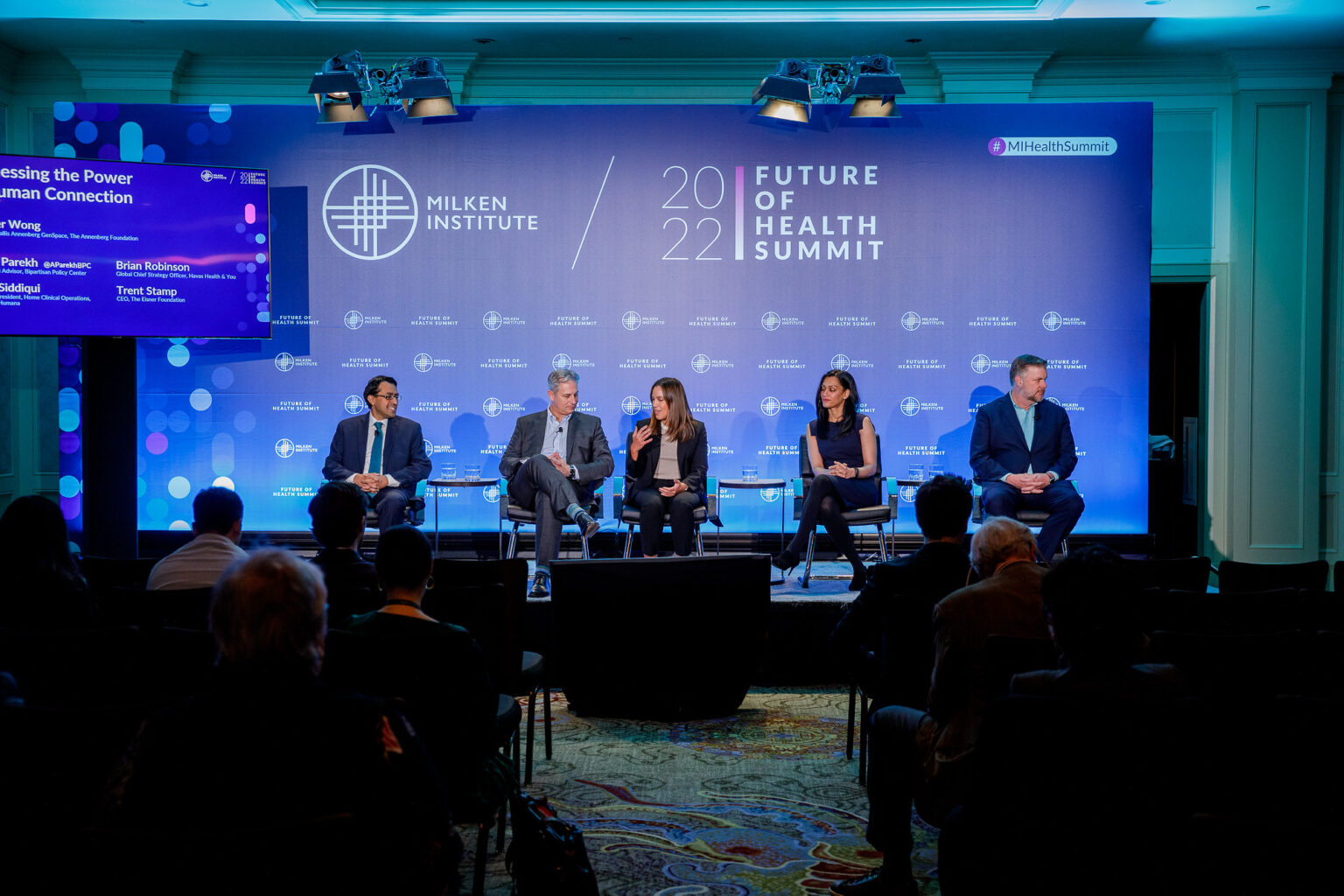Dr. Wong welcomed onstage Trent Stamp, CEO of the Eisner Foundation; Dr. Mona Siddiqui, Senior Vice President of Home Clinical Operations at CenterWell of Humana; Dr. Anand Parekh, Chief Medical Advisor of the Bipartisan Policy Center; and Brian Robinson, Global Chief Strategy Officer of Havas Health & You. The diverse panel of experts delved into the intersectionality of public policy, social services, clinical care, and community efforts to combat social isolation in older adults.

The group agreed that it requires multilevel systems change. Dr. Parekh at the Bipartisan Policy Center emphasized that the country’s fragmented healthcare and social services systems are a major challenge to identifying people in need of critical social care, but that there are emerging efforts to coordinate screening across Medicare, Medicaid, and hospitals. The second issue is that the GDP spent on social services in the U.S. is 1:1, compared to 2:1 in other countries that have shown drastically more successful social outcomes. Dr. Parekh says investments should be redistributed to prioritize social services.
While the U.S. has an economic perspective, Brian Robinson of Havas Health & You points to other countries that use happiness and wellbeing as measurements of success. In the UK, social prescribing is an emerging clinical practice, but there are a few downfalls such as lack of personalized and accessibility.
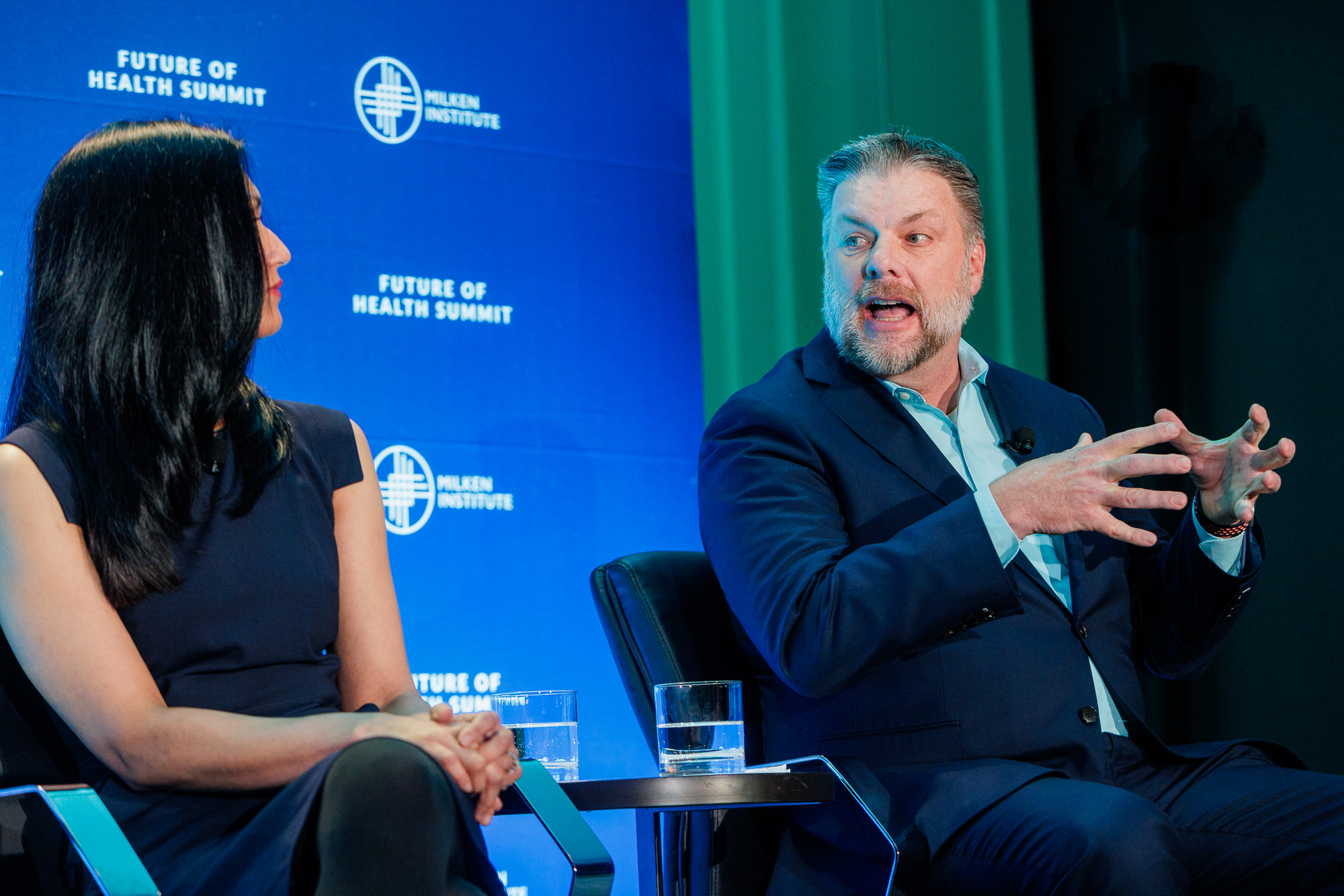
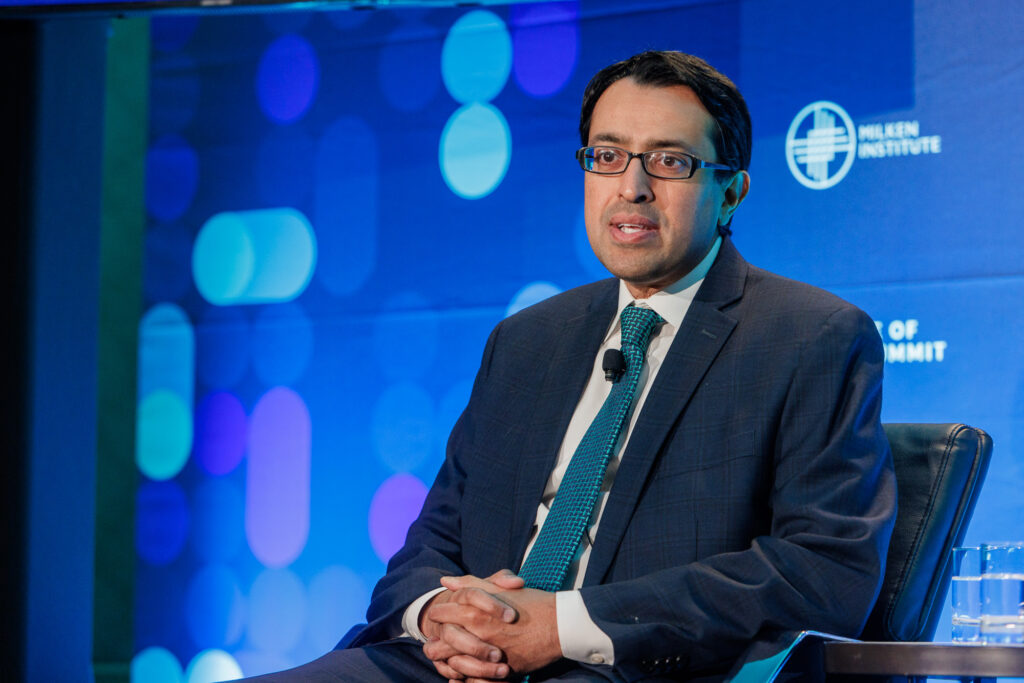
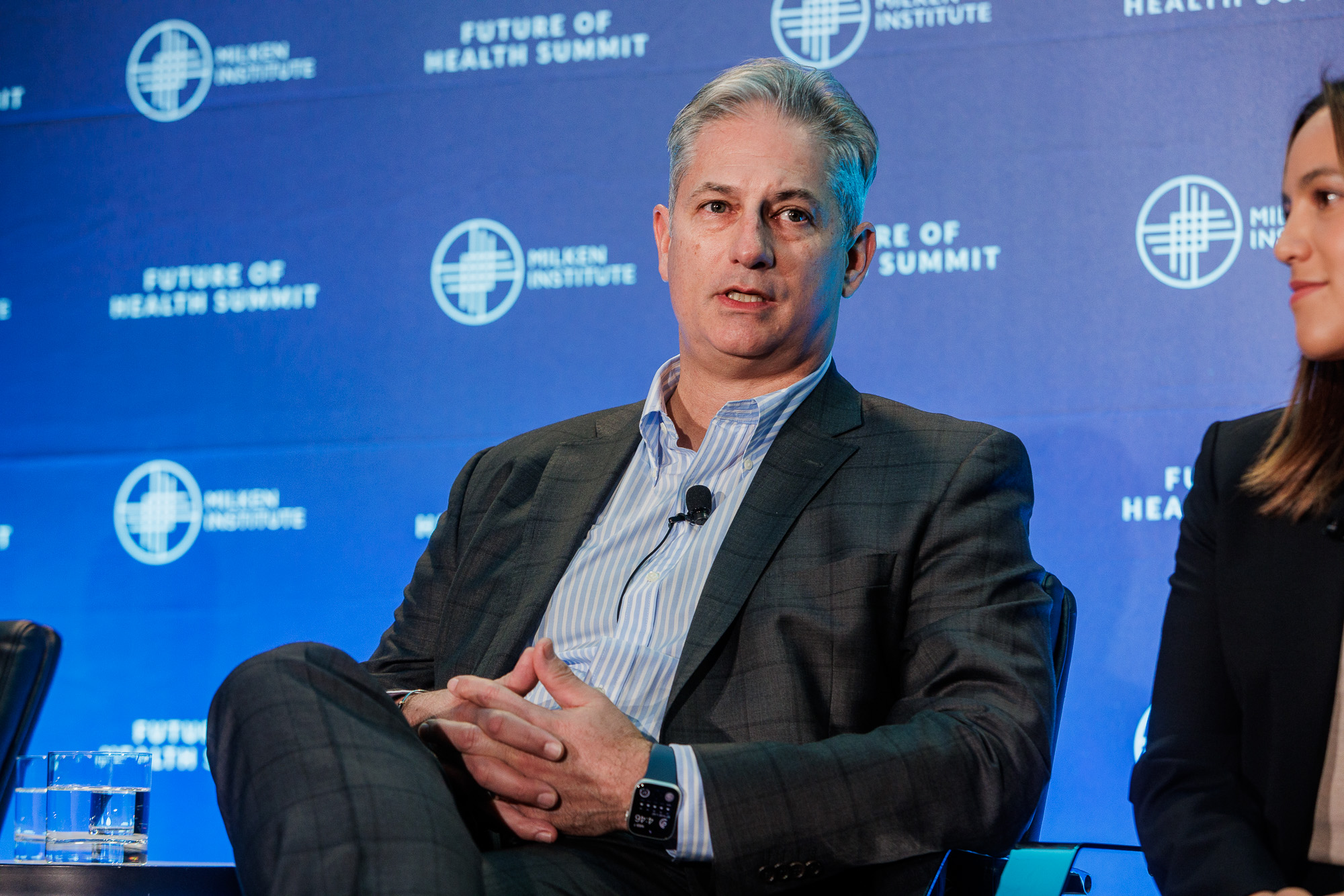
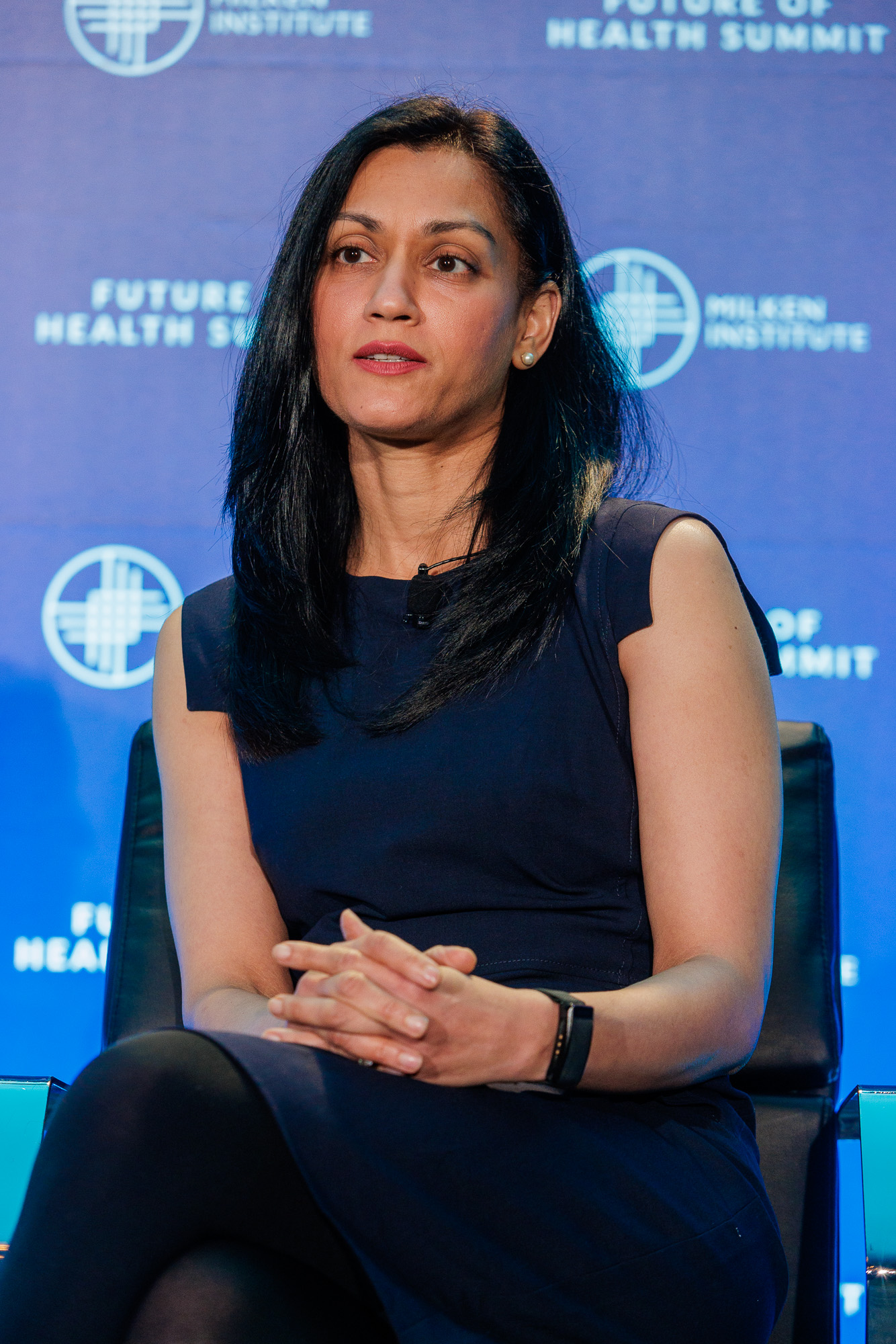
Additionally, there is a major risk of social prescribing becoming medicalized, presenting even more medical expenses and health disparities. Robinson highlighted that loneliness is a moral issue, rather than a medical one, and as such, he encourages an evolution in the culture of caring for people. The key to this evolution, he says, is storytelling, which is central to humanity and can destigmatize loneliness and social isolation. By telling stories, people of different backgrounds realize they share similar plights and can heal through understanding and empathy.
Dr. Siddique shares that many patients, especially in remote areas, lack social support networks after leaving the hospital and that often, home-health providers are their only social connection. Humana’s multi-pronged approach meets people at their digital skill-level and considers their home environment when providing home care that incorporates technology. Nevertheless, Dr. Siddique emphasizes that a long-term solution to loneliness is not found through the health providers.
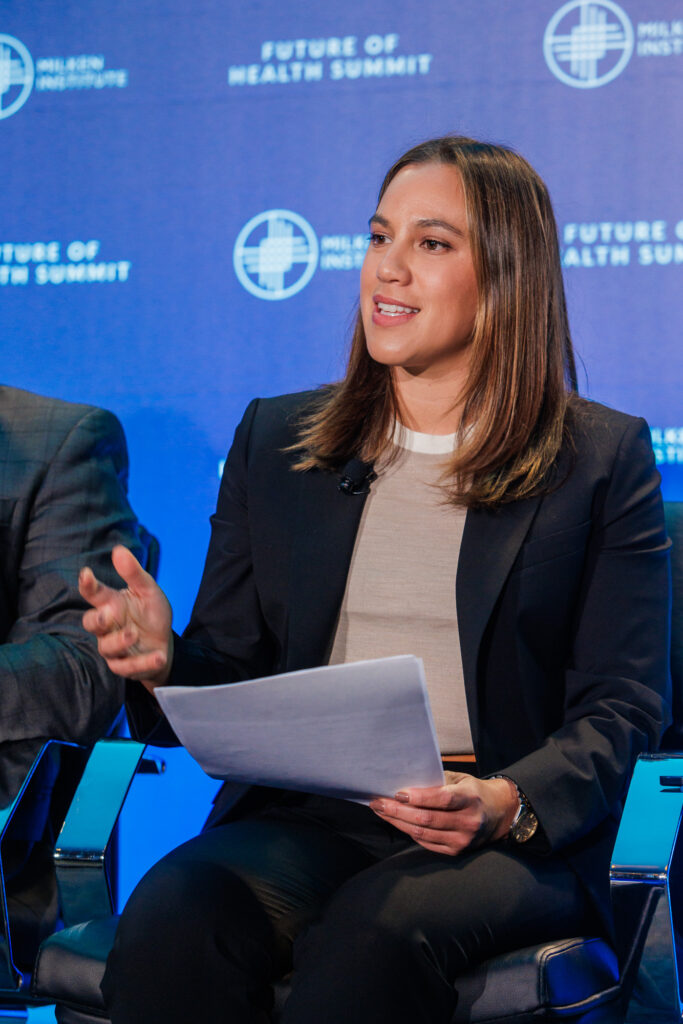
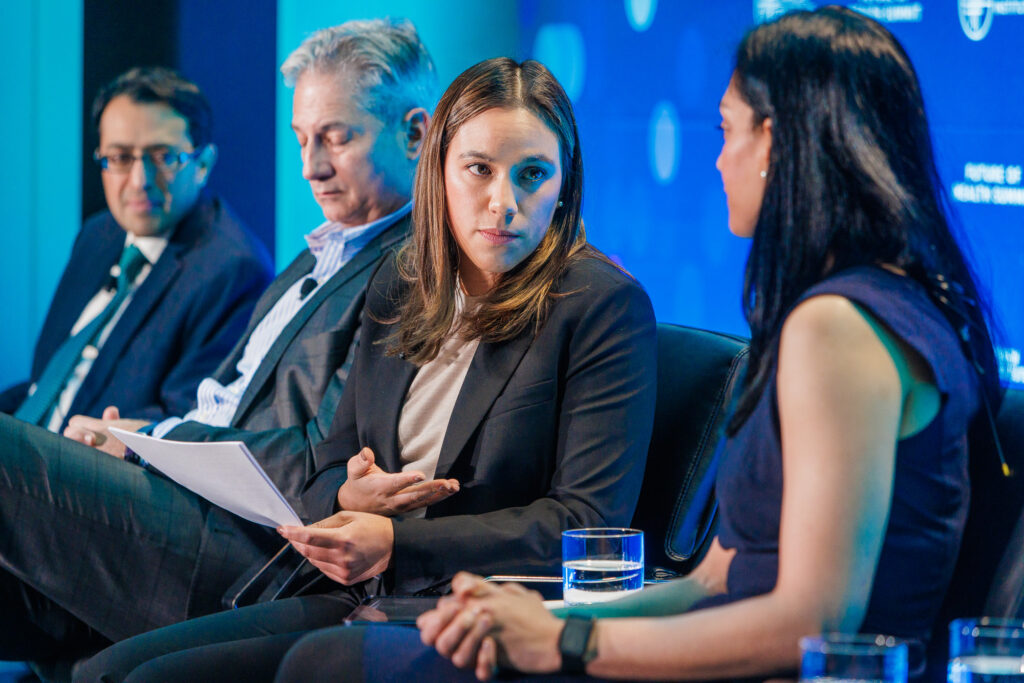
Instead, policymakers must engage with community members and curate tailored programs using existing resources and infrastructure. Trent Stamp at the Eisner Foundation offered novel ideas for programs to harness the power of intergenerational connection, such as senior housing on college campuses. Creating this intergenerational network will not only offer mutual support to the two populations most at risk for loneliness, but also instill the value of older adults into our culture.
Who should bear the “loneliness burden” is still an ongoing debate. Panelists highlighted their dream of an integrated network that shares the responsibility and prioritizes social connectivity in communities. The hope lies in increasing awareness of loneliness and isolation through integrated partnerships and implementing social support at all levels.
